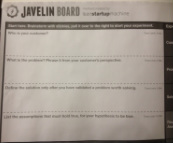
Within an afternoon, we identified a problem with customers (as distinguished from problems without customers that are not as ideal for a lean business!), tested assumptions with customers and pitched a prototype idea with potential customers.
The most valuable parts were:
- thinking with a diverse group of people about how to apply the Lean method: who is the customer, what does the customer need, what is the riskiest assumption and determining what assumption to test
- applying Leanne Pittsford's method to build lean tests by getting clear on vision (belief), mission (what you want to do), strategies (how will you do it) and goals (specific what you want to do).
Lean Workout: A Prototype
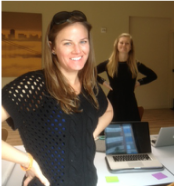
Renee Frissen (right) and I prototyped the Lean Workout with our social impact projects. Renee founded a Netherlands-based social enterprise Social Tech and I kickstarted OpenQRS. Erin Beitel (left), a rockstar Teach for America alum, budding digital diva and OpenQRS team member facilitated the Lean Workout.
Why A Lean Workout?
I love the premise of Eugene Eric Kim's Changemaker Bootcamp: preparing for effective collaboration is akin to sports training and results from practice! The Bootcamp workout model aligns with my sense of how to effectively build the capacity and skills for sustainable leadership, collaboration, and rigorous learning. It struck me that the Bootcamp workout model might also lend itself well to learning-through-applying the Lean approach for social entrepreneurial problem solving.
In the Lean for Social Good workshop, we didn't have a chance to apply the Lean method to our own initiatives. I was curious to test how the approach would work if two social enterprise teams paired to work through the Lean method on their respective initiatives. My hypothesis was that having people external to one's project join in this thought process would yield better results, faster.
- How does the Lean method work when two companies pair up to apply Lean to their businesses
- How does the Lean method work when applied to a social impact project? What are the edge of its usefulness?
- Many social impact projects have multiple customers (those that pay and those that benefit may or may not be the same). How does that alter the model?
- Lean is predicated on an environment where risk is possible and failure can be afforded. Many social impact projects are risk averse due to funding concerns and/or sensitive issues. How does this culture difference influence the application of lean in these organizations/contexts?
Our Lean Workout
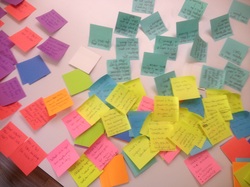
{Workout #1 Check In: presence, shared understanding}
I shared the OpenQRS story then presented the vision (belief), mission (what you want to do), strategies (how will you do it) and goals (specific what you want to do).
{Workout #2 Listening: presentation skills; listening}
We adapted the 100 Question Workout from the Changemaker Bootcamp. 15 minutes of rapid fire question generation. One question per post it. The questions revealed the gaps in storytelling, surfaced assumptions, forced clarity and generated new thinking about the project.
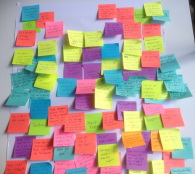
{Workout #3 Asking Generative Questions: listening, synthesizing, critical and creative thinking}
We ended with a Q&A to get answers needed for feedback to refine the vision, mission, strategies and goals. Then we switched projects and we did a repeat of the same workout for Renee's.
{Workout #4 Dialogue: listening, synthesizing, responding in real time}
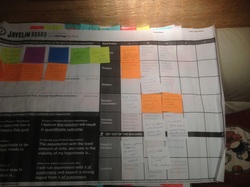
{Workout #5 Javelin: clarifying, refining, designing tests, getting out of the building, talking with customers}
Ongoing Practice: Lean Workouts
Here is our weekly Lean Workout Agenda:
Check In
1. My greatest success/win from last week:
2. My priority for the week is _____
3. My most inspiring moment last week was ______
4. Here's what I'm struggling with ______
5. _______ is on my 1 month horizon
6. _______ is on my 3-6 month horizon
7. Lean test from last week report back
8. Lean test for this week
9. (optional) My topic for 15 min brainstorm/open issue discussion
If requested, clarifying questions & reflections.
Listener jots notes for the speaker.
Repeat.
Key Learnings from our Lean Workout Process:
- The 100 Question Workout was a high yield activity and a highlight of the day. (Thanks Eugene for sharing it and Changemaker Bootcamp Alum Eugene Chan for telling me about it!)
- An external partner in this process surfaces assumptions and forces the implicit to be explicit
- Helping the other enterprise provides the opportunity for great insights on one's own project even when the businesses are completely different!
- A 3rd party process facilitator keeps the flow and provides a fresh perspective
Ideas for Future Iterations:
- Add a 5 minute reflective discussion just after the pitch. The listeners "sensemake" what they heard immediately after the pitch. The speaker listens to how the listeners understood the project: the way they talk about it, what words stuck, what things were unclear and learn from the gaps, questions, interpretations. (Renee's suggestion- great idea!)
- Prompt participants to maintain a "cross learning" notebook/paper to jot down reflections for their project as they work on the other project. Alternatively, build 3 min reflection breaks after each workout to capture ideas/lateral thinking from working on your own/the other project.
Lean Learnings:
- Clarified use of the Javelin Board
- Identified the multiple customers for a social impact project
- Trimmed the project to its bare essentials to an MVP that can be tested iteratively
- Surfaced critical riskiest assumptions that narrowed the focus for MVP testing
Acknowledgements/Resources
Grateful to Eugene and Leanne who inspired this Lean Workout! For more in depth resources, please follow up with Leanne Pittsford of Start Somewhere and Eugene Eric Kim of the Changemaker Bootcamp and Faster than 20.
*Disclaimer: I've not participated in the Changemaker Bootcamp. These activities reflect my interpretations of exercises from the Changemaker Bootcamp Watercooler.
Have you done something similar? I would love to hear your thoughts on this approach.

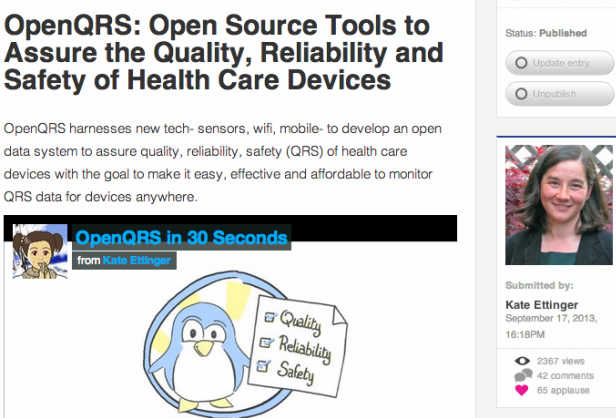
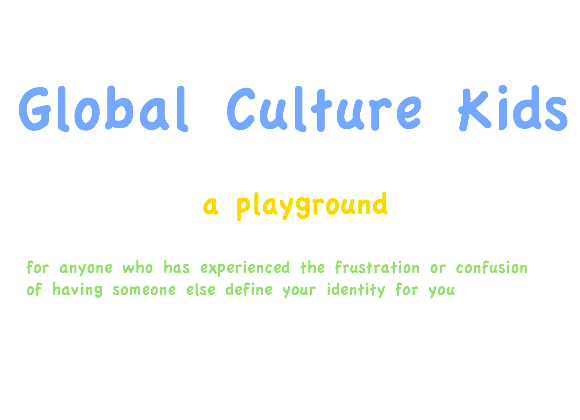
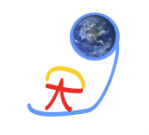
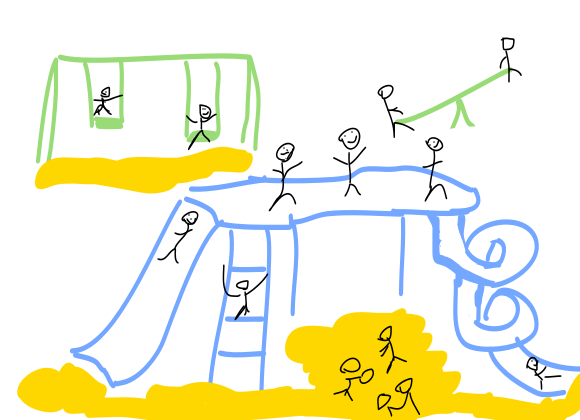


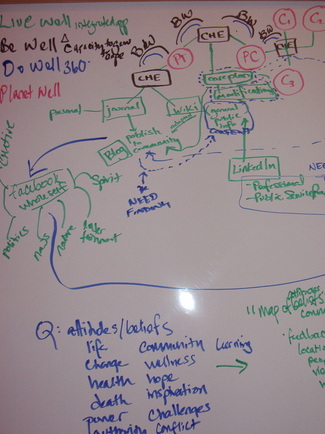
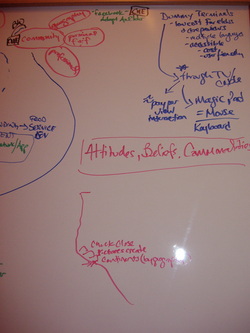


 RSS Feed
RSS Feed